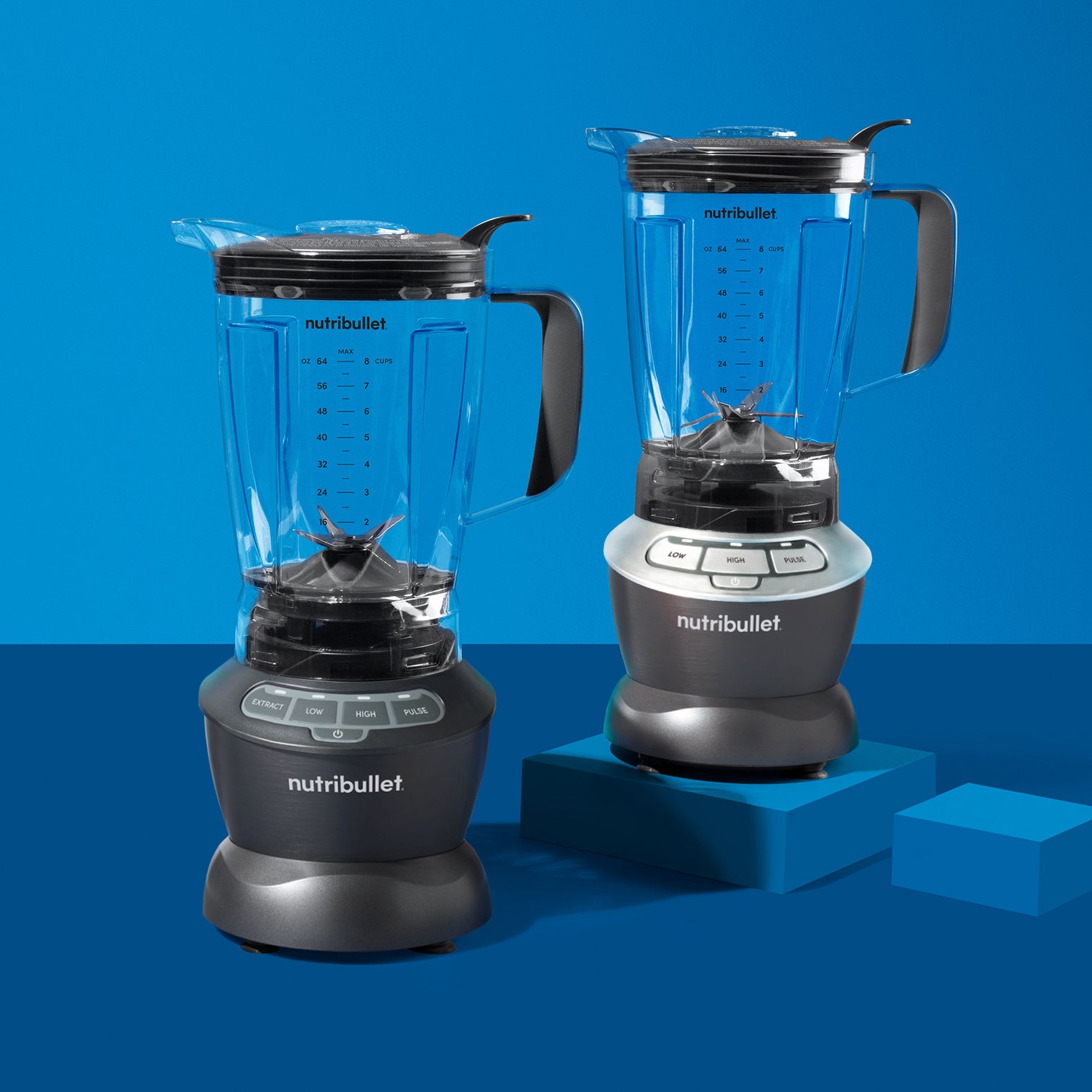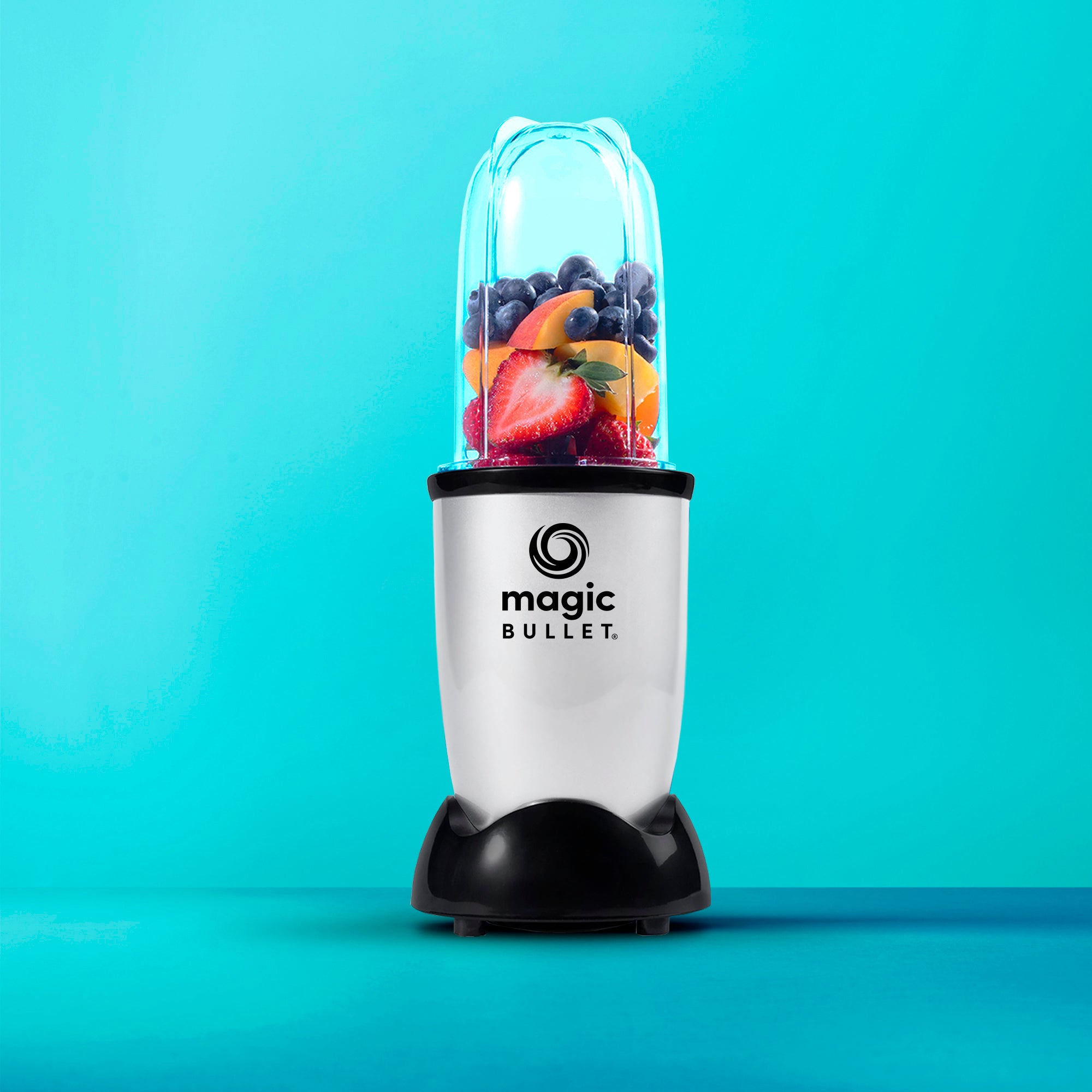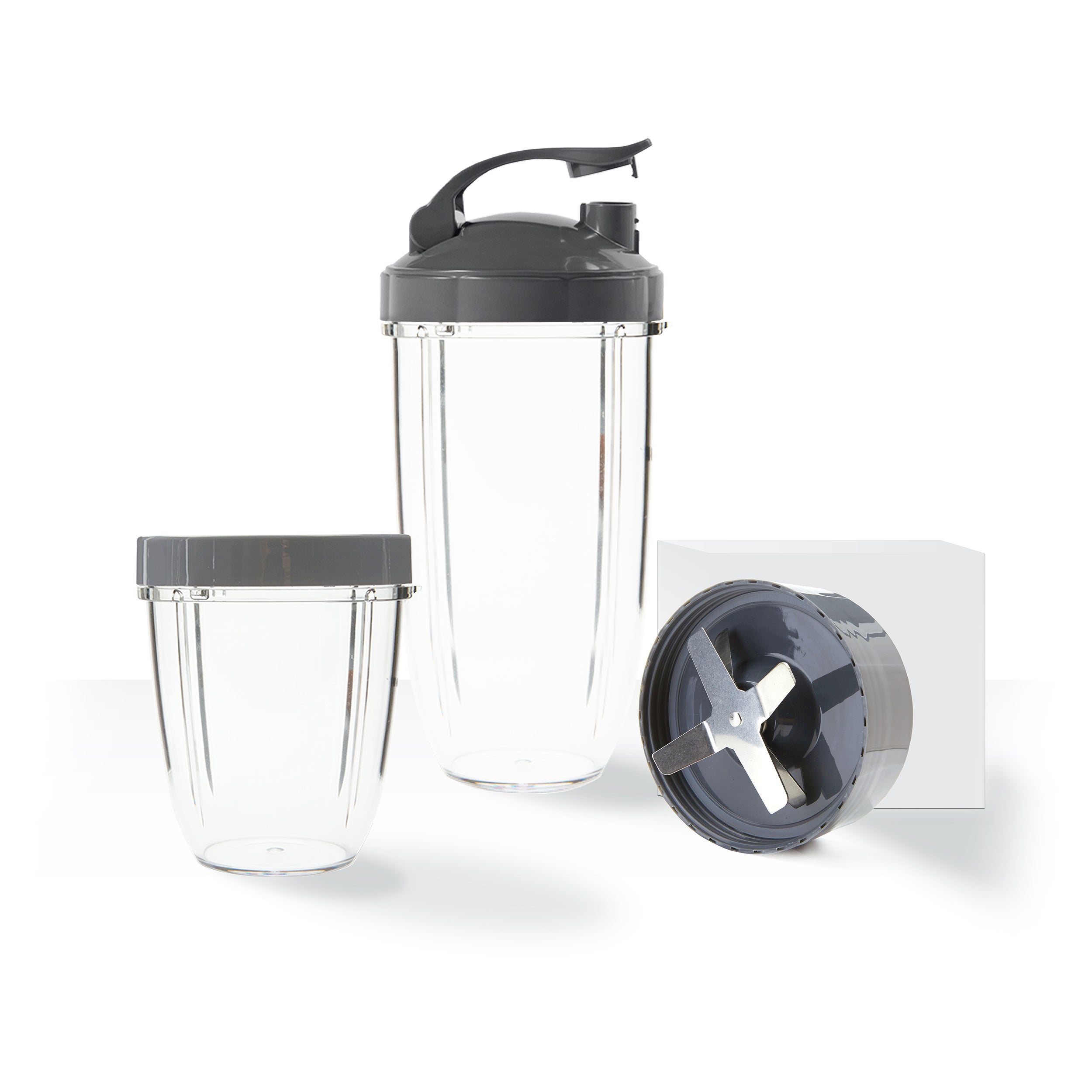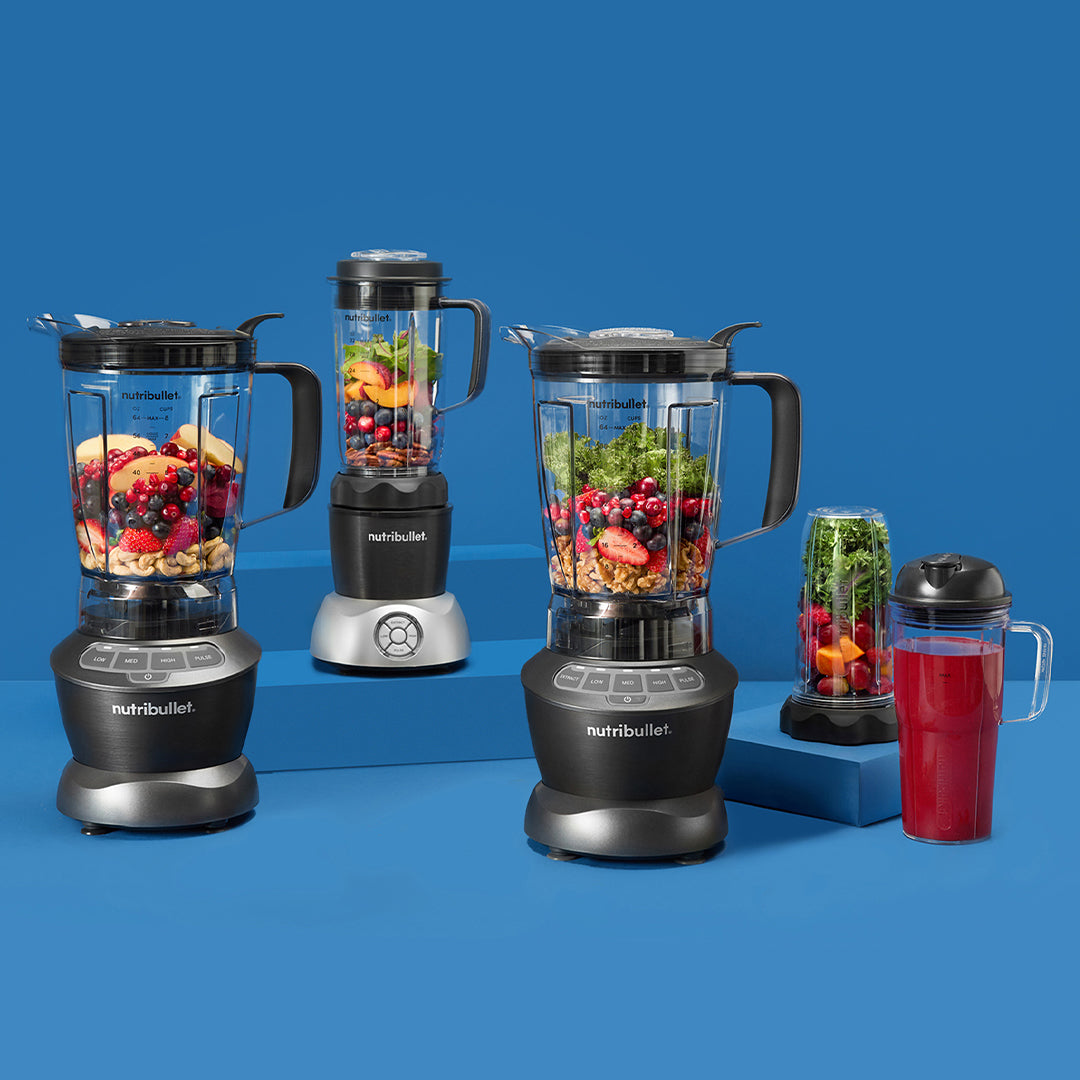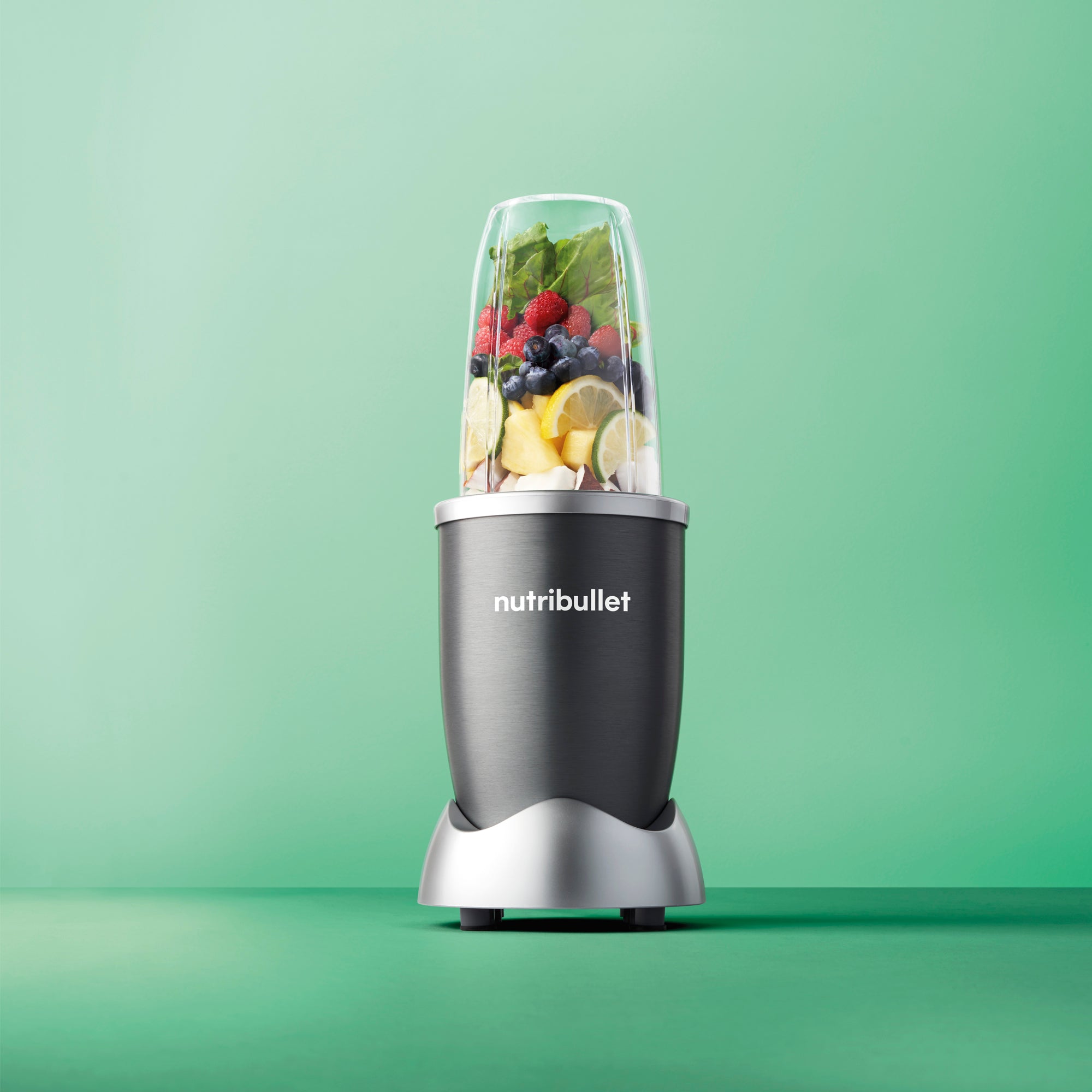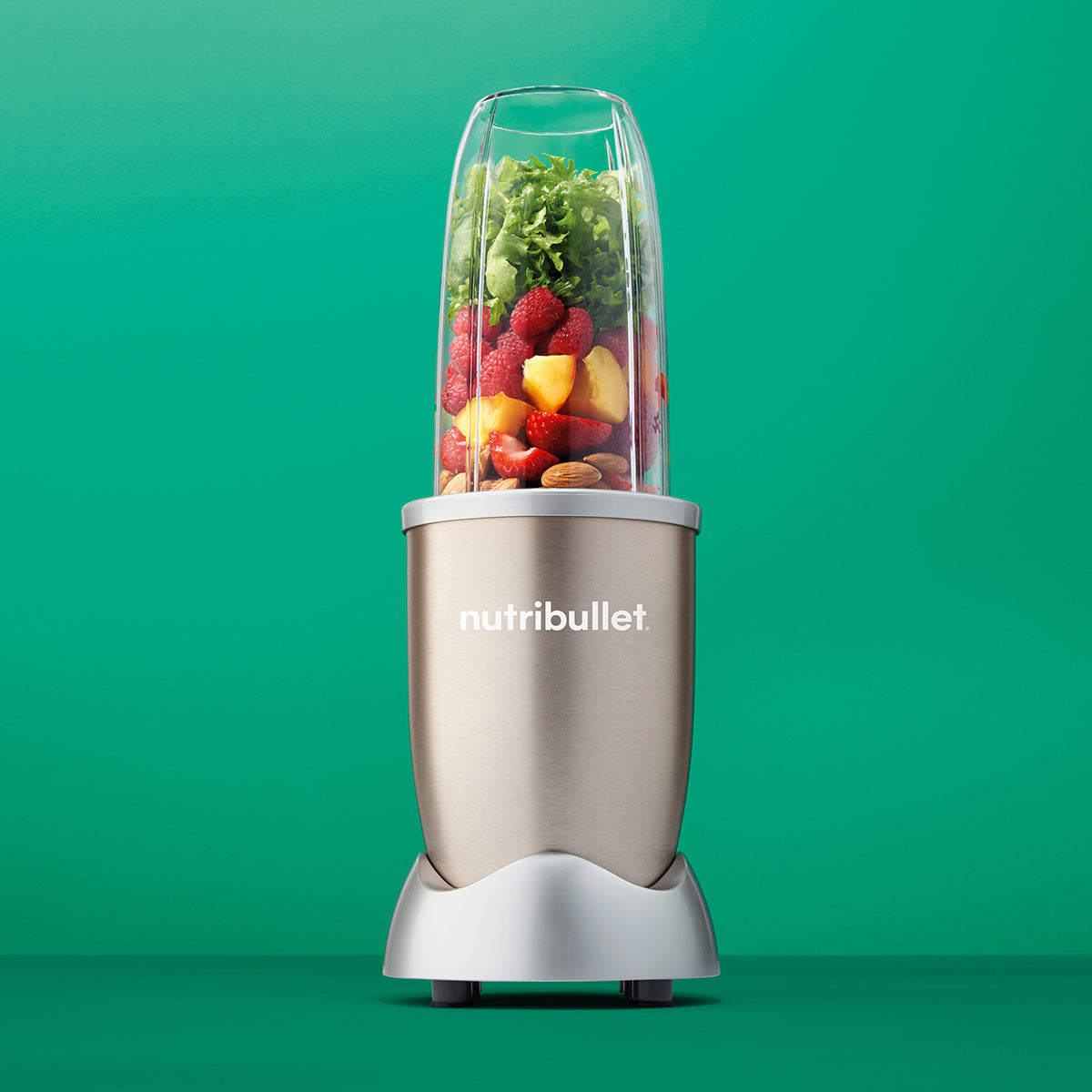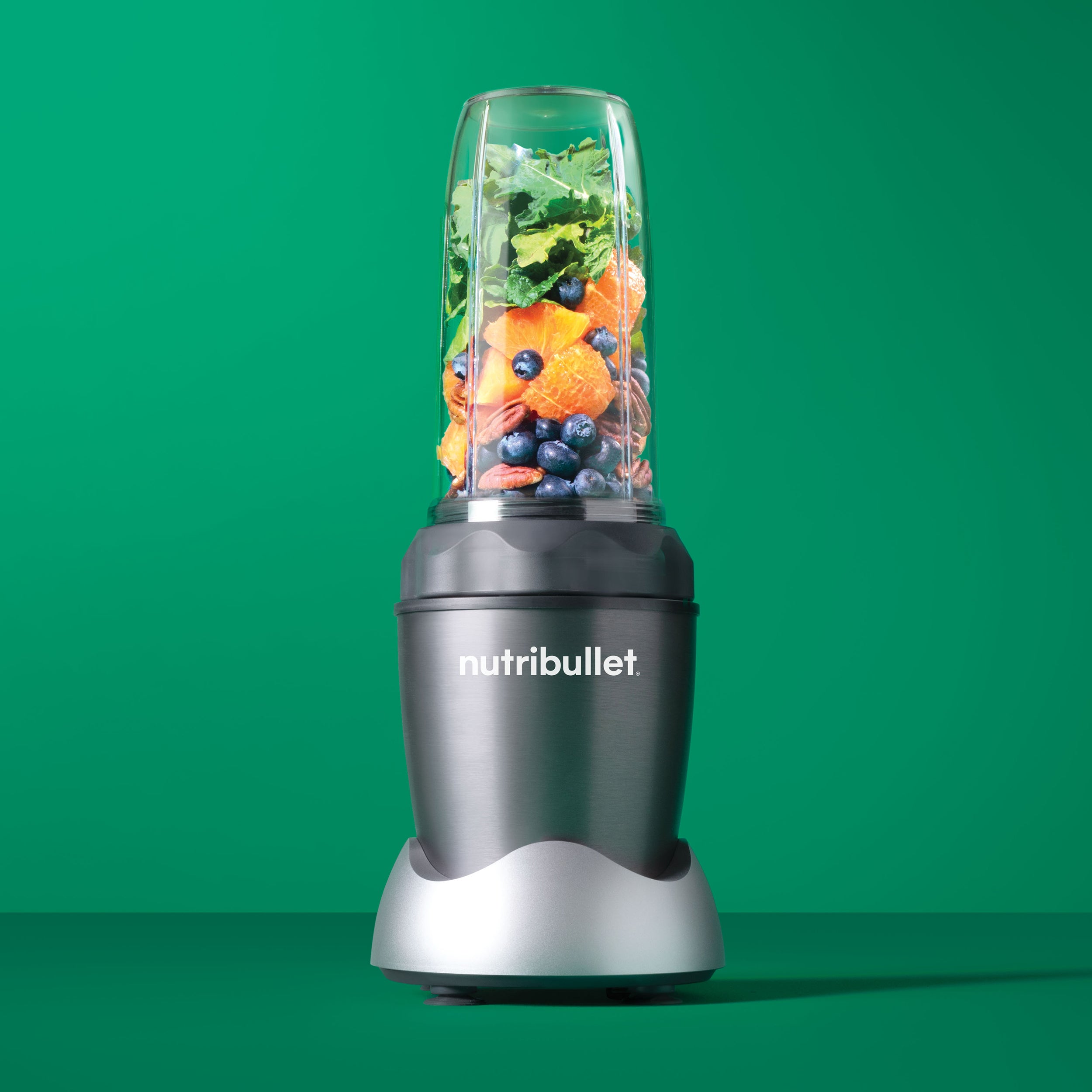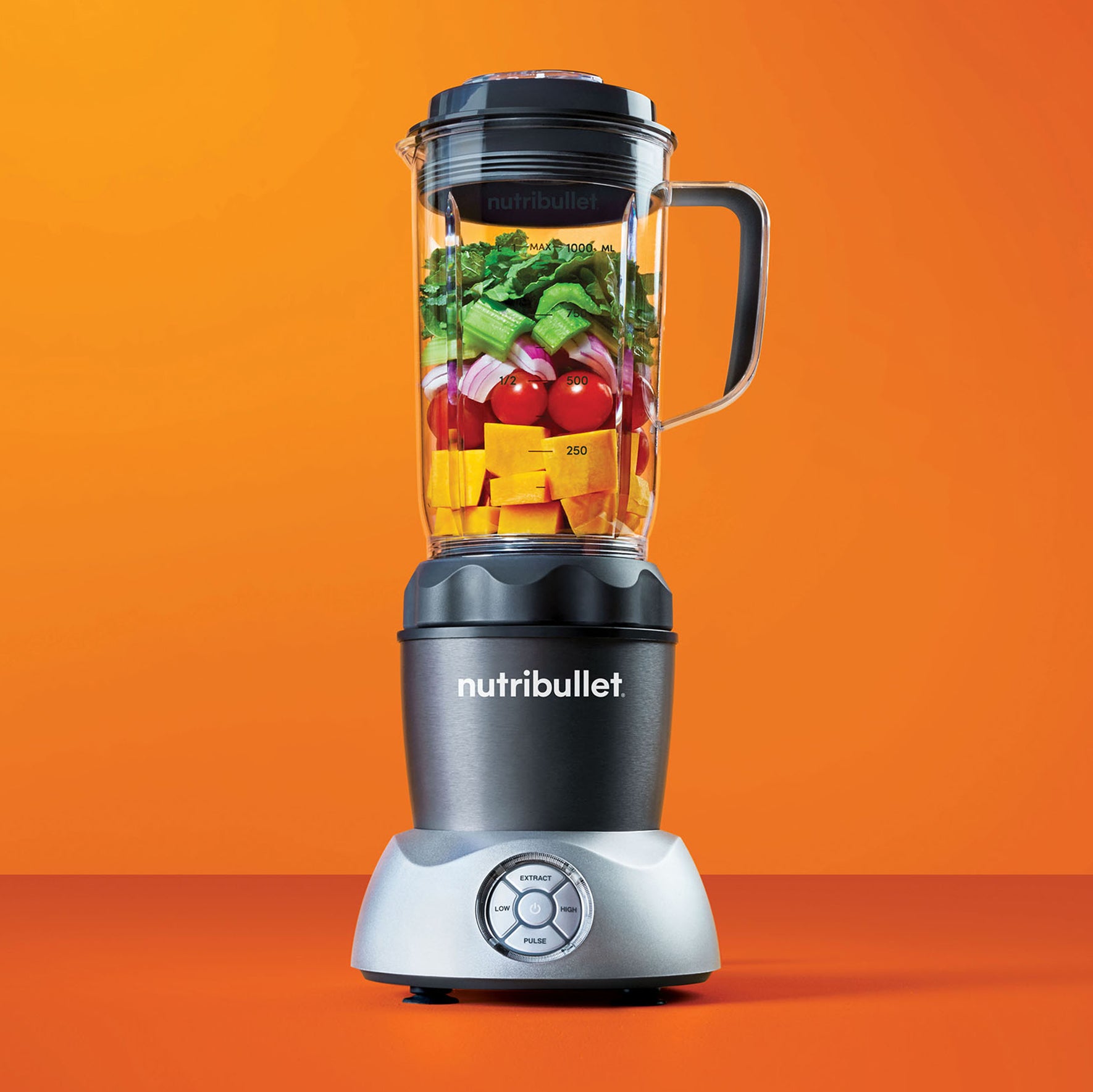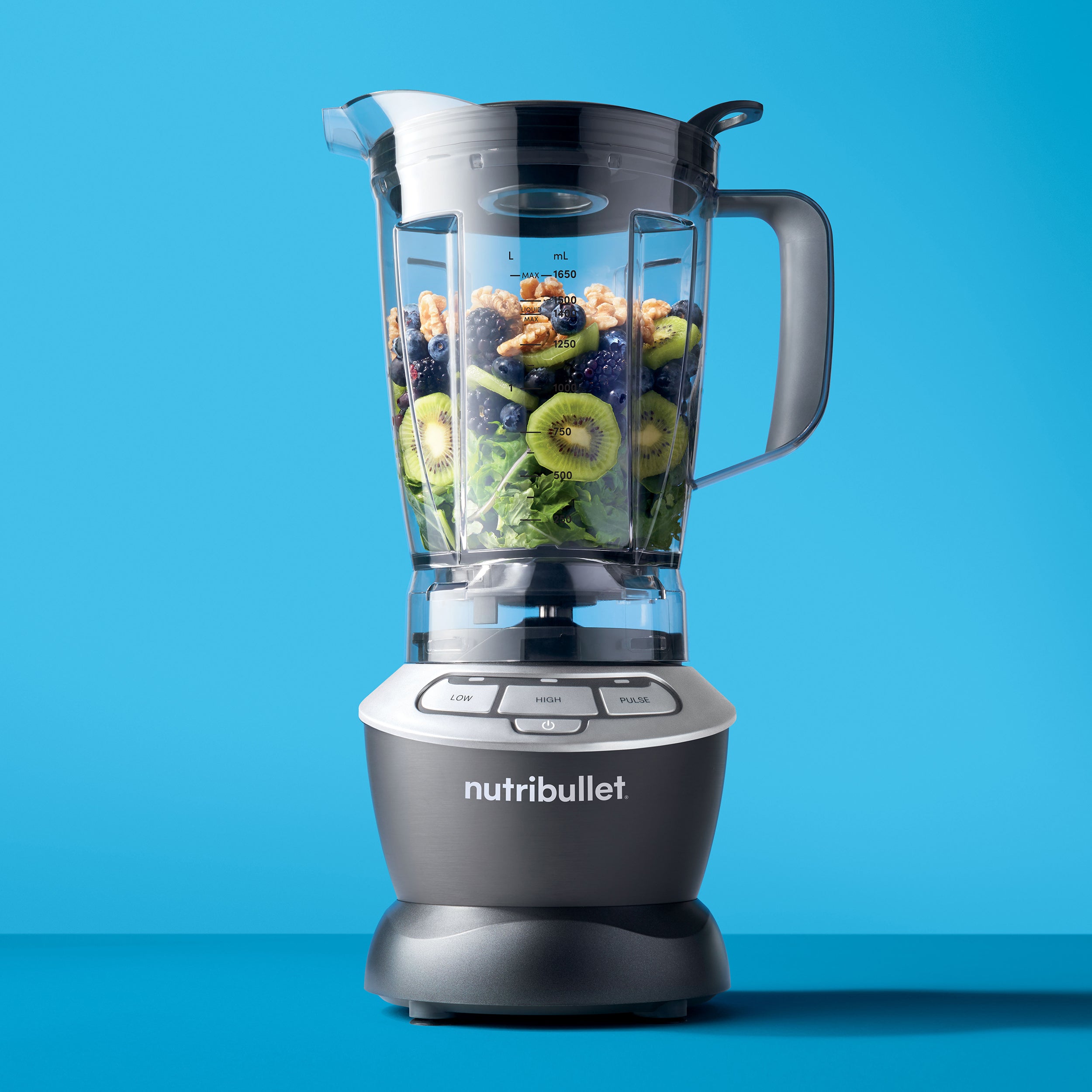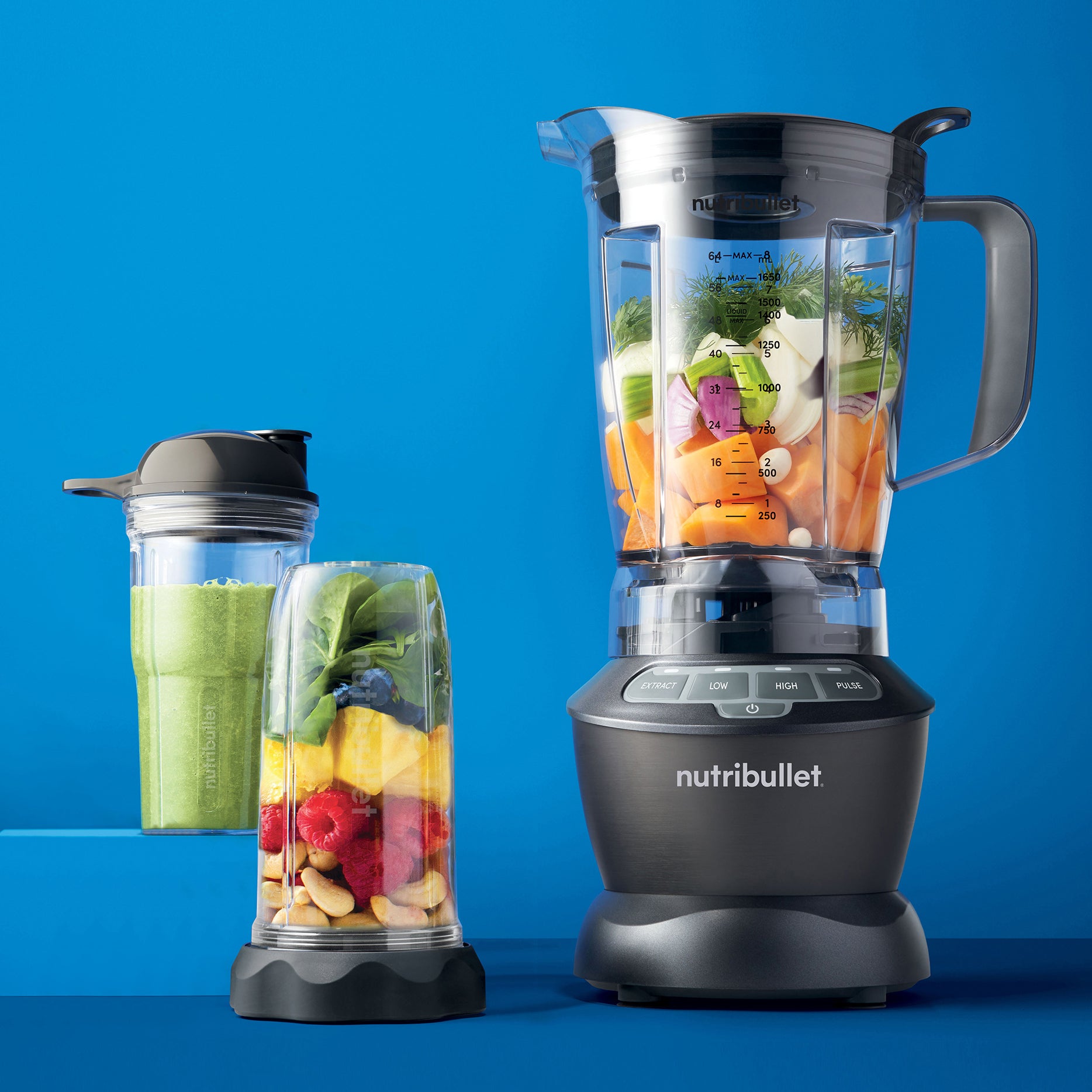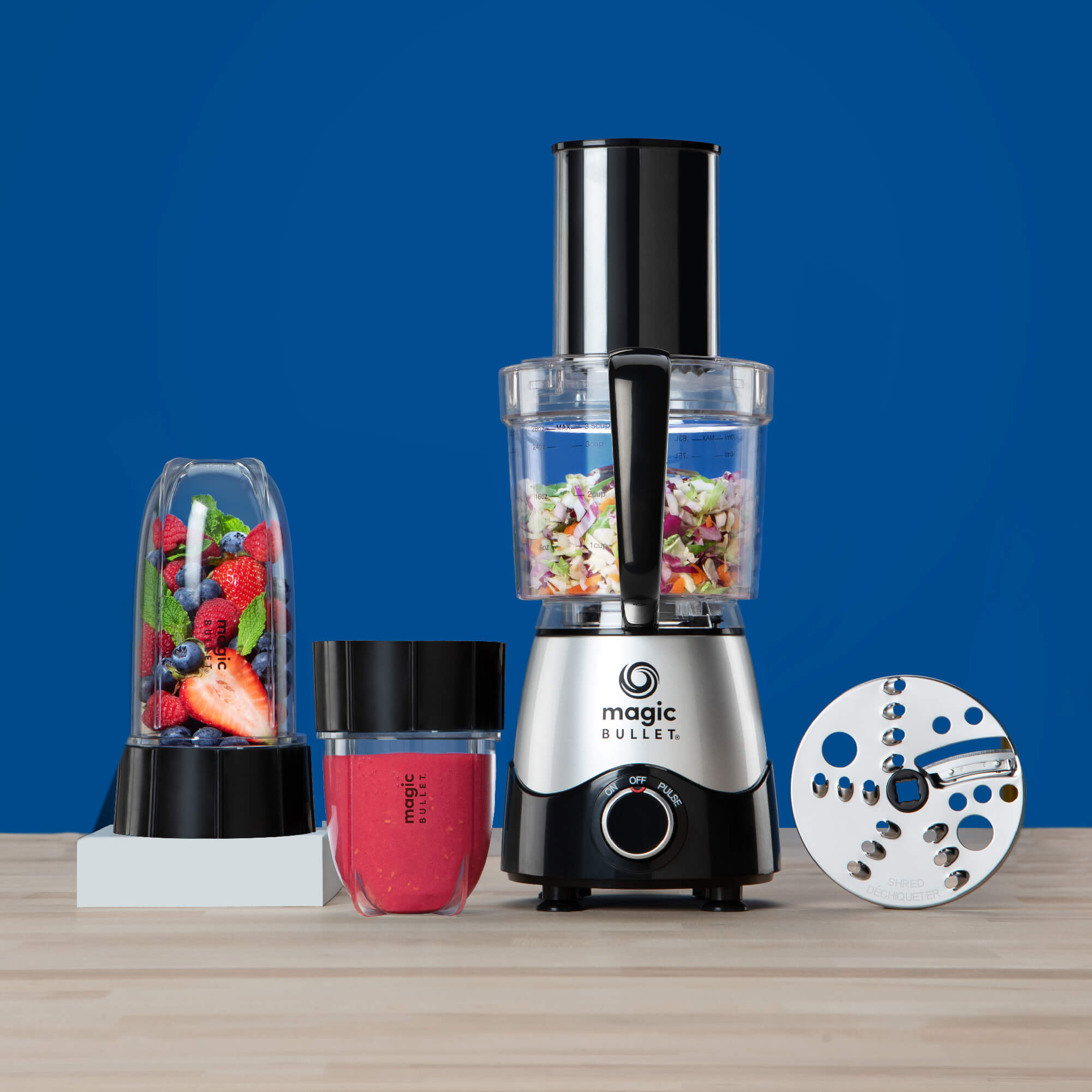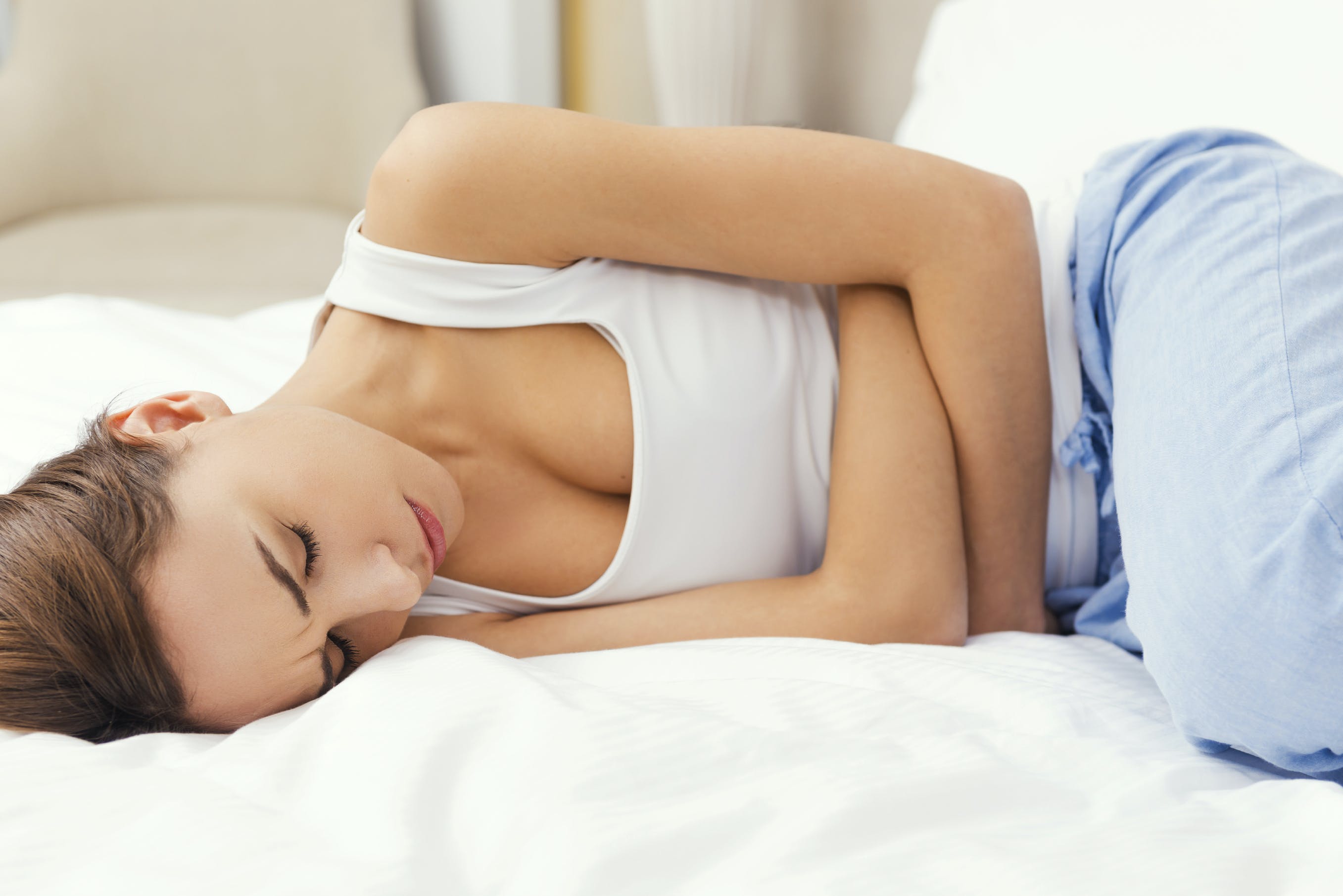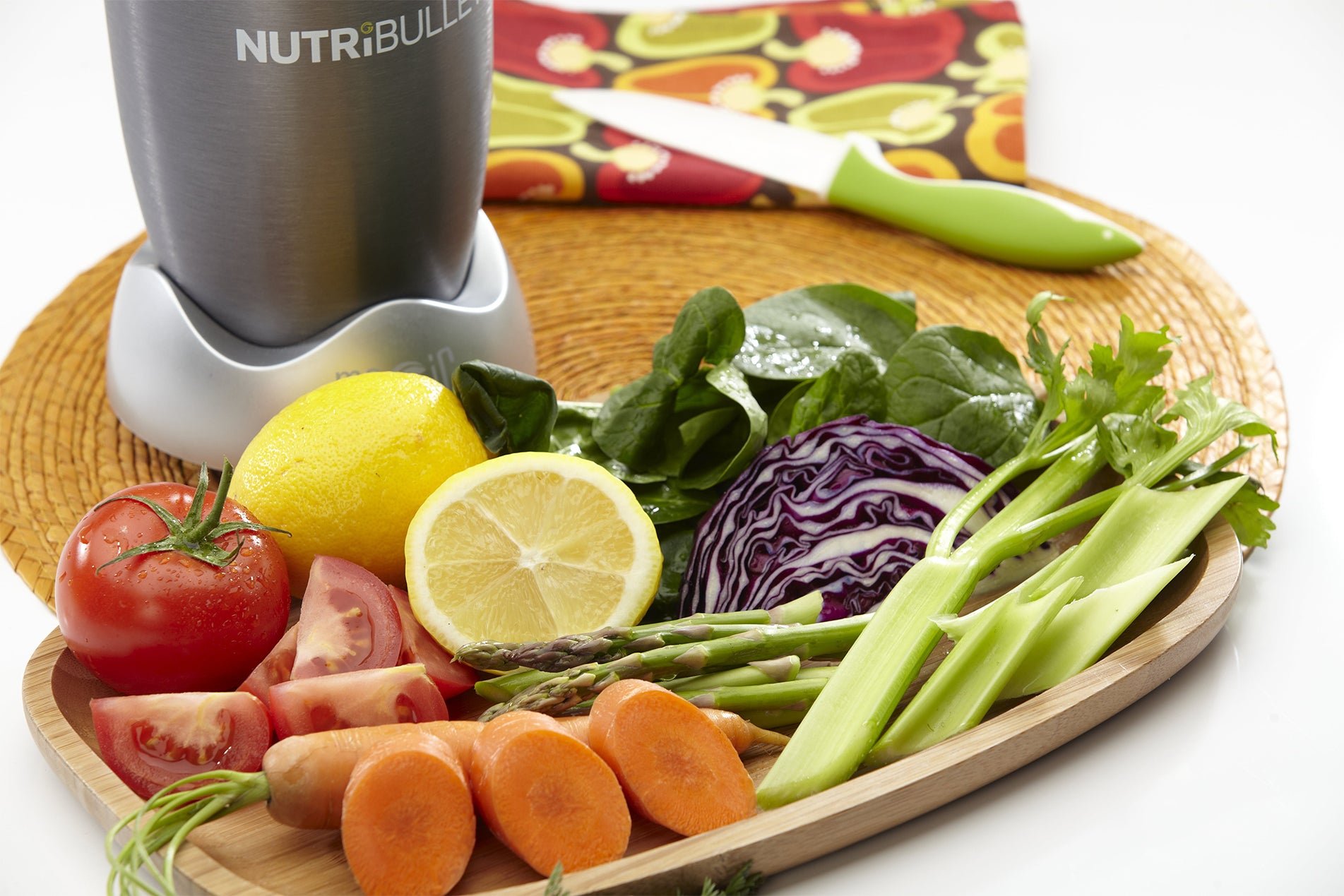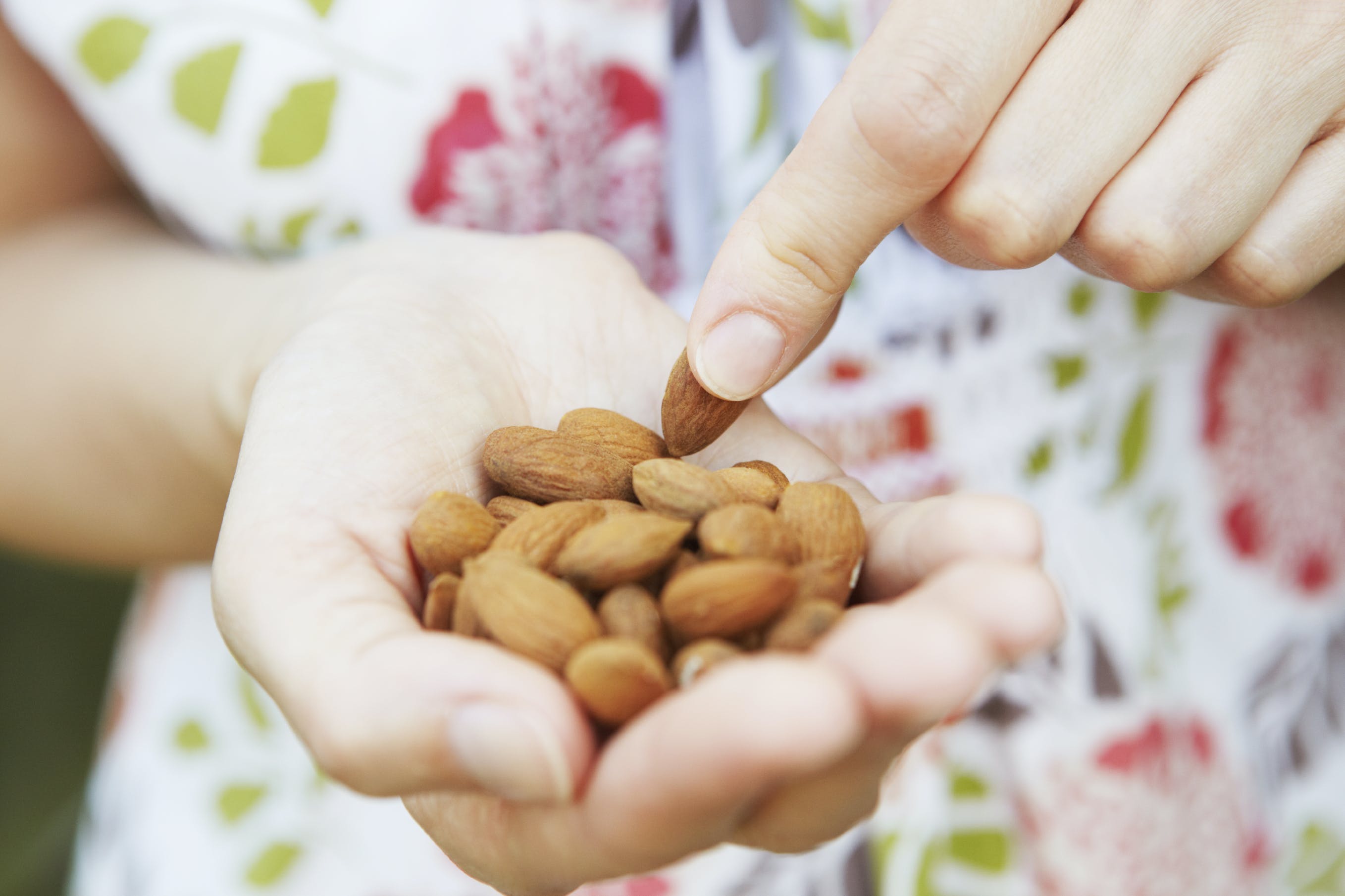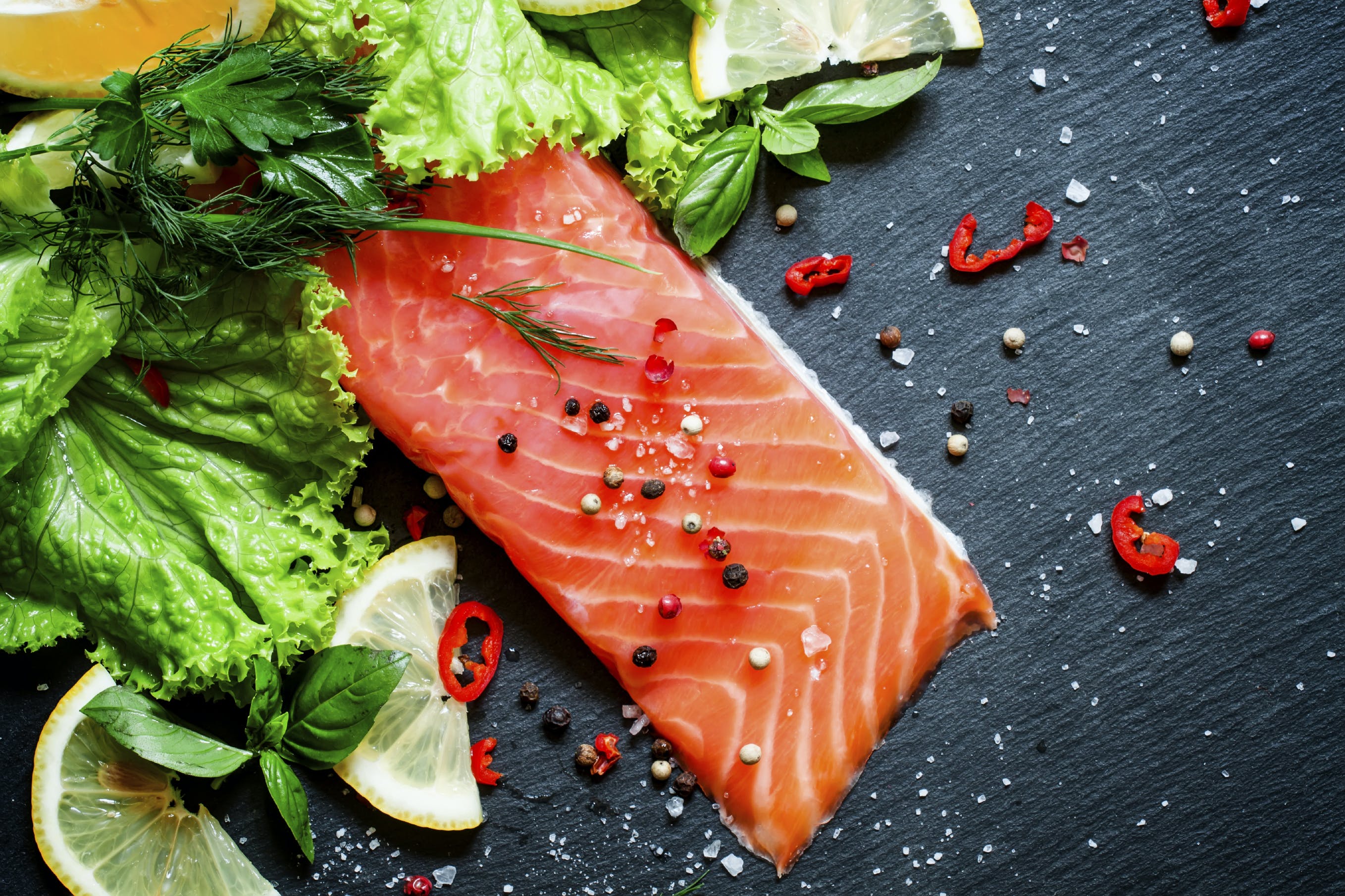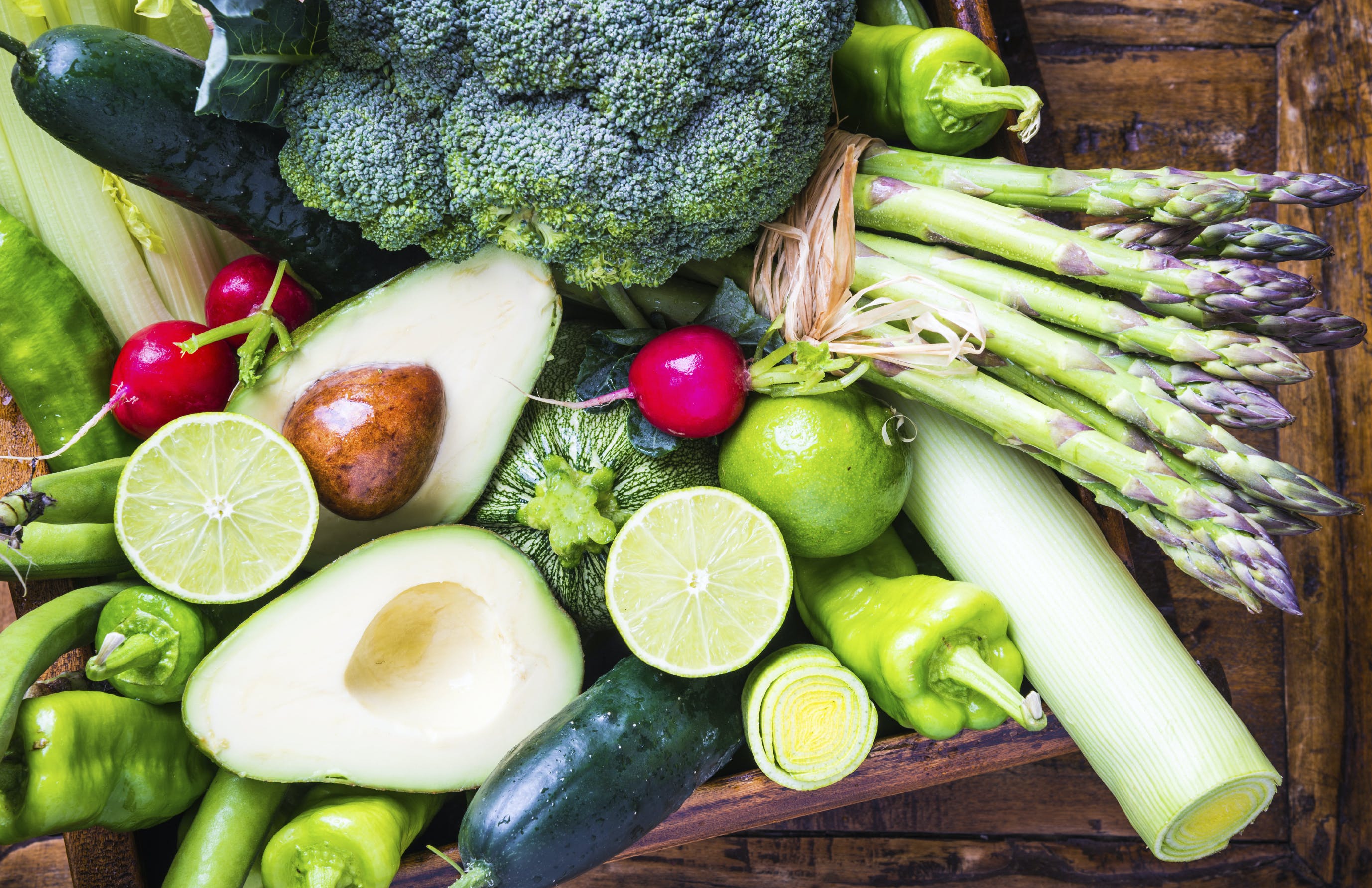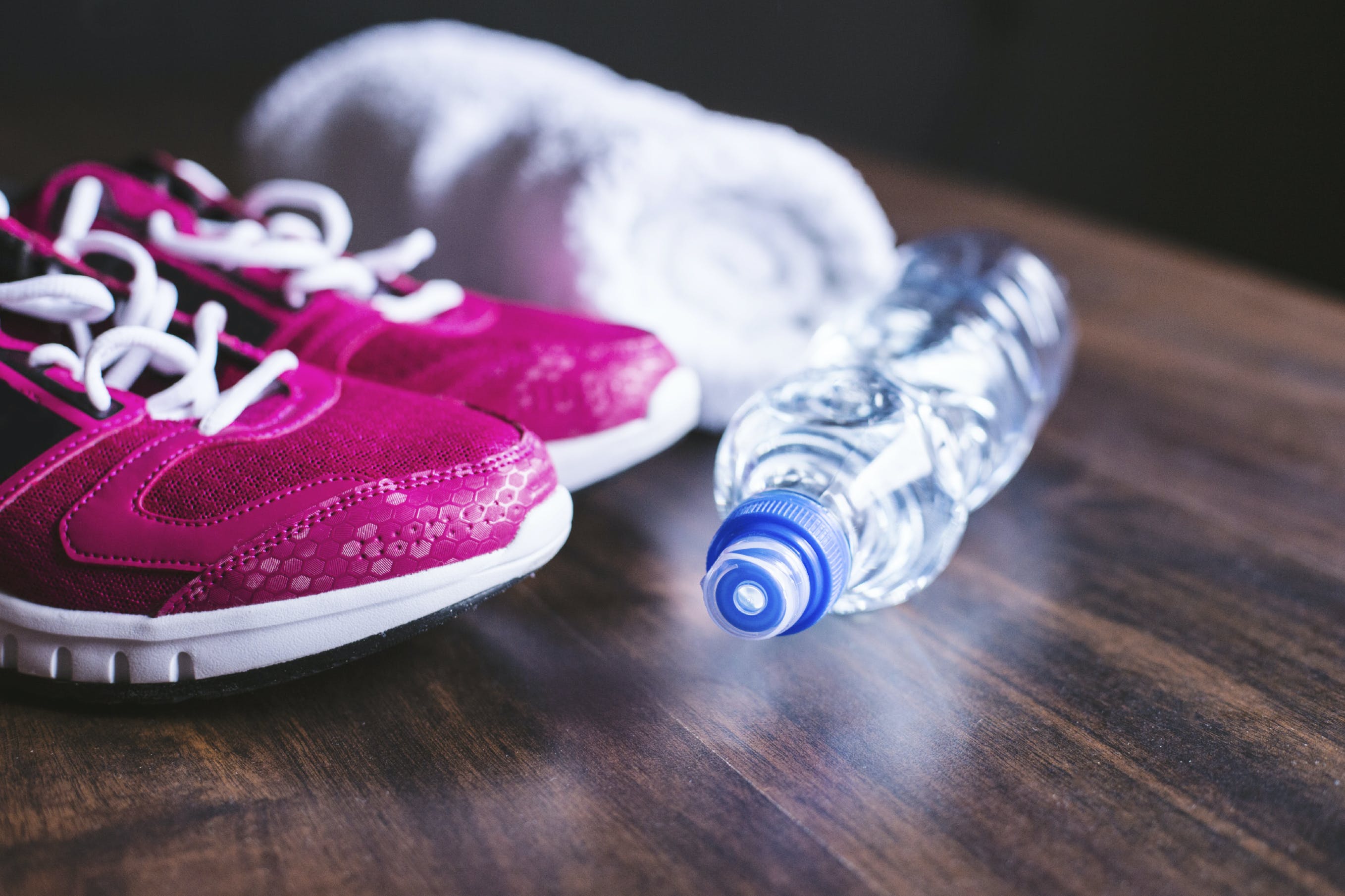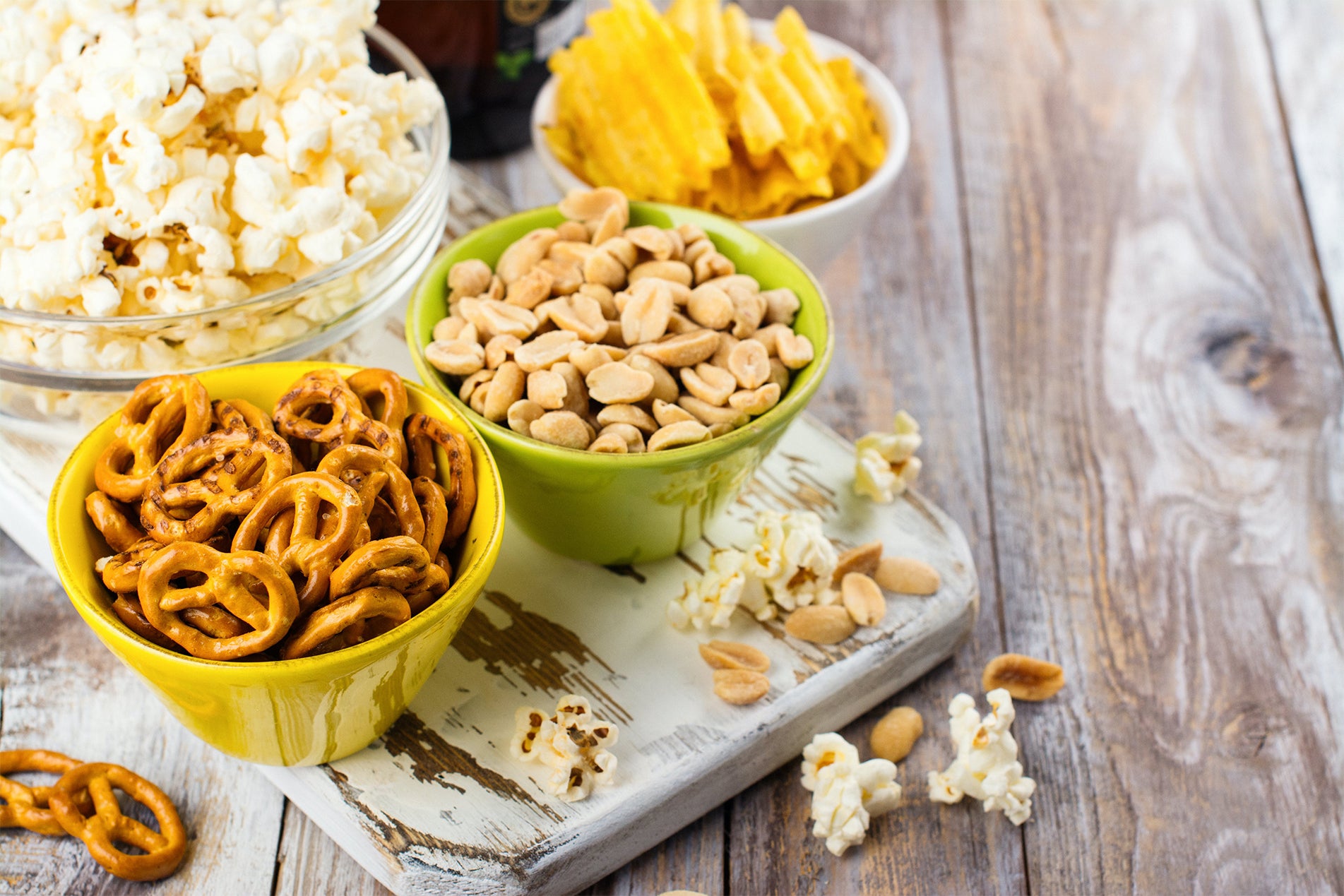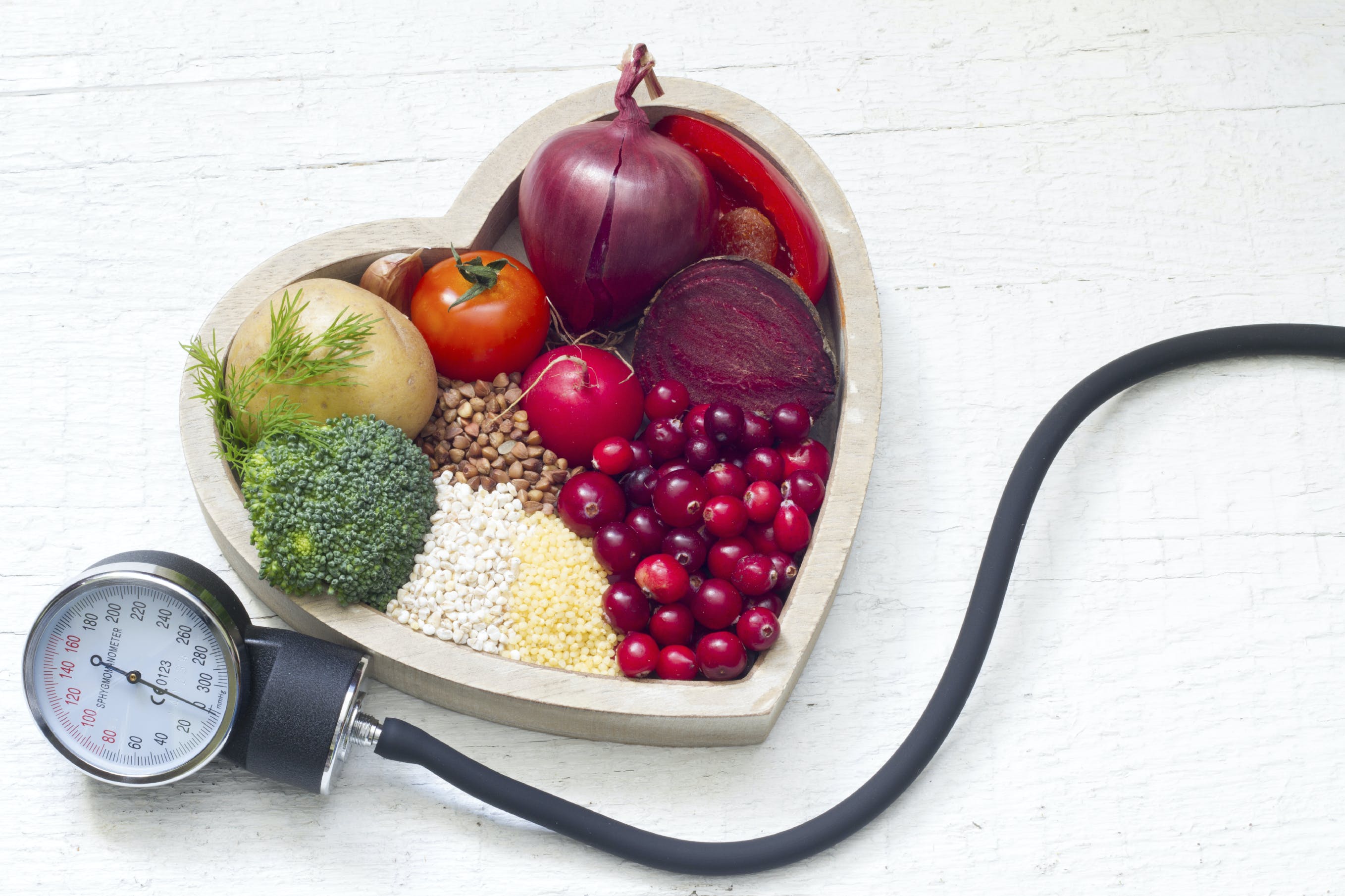If you’re a woman, there’s about a 1 in 5 chance you’ve experienced amenorrhea, but you probably had no idea. It occurs in about 20 percent of active young high school, college, and young adult female athletes.
It’s defined as missing three or more consecutive menstrual periods and is not often discussed among women. For female athletes, it can be seen as a good thing – they no longer have to deal with the inconvenience of having their menses while practicing and competing. Some women actually see this as a sign that they are underweight, an unfortunately encouraging way to spur body dysmorphia and disordered eating.
In reality, the absence of periods is linked with harmful health, both in the short and long term. Amenorrhea causes a leaching of calcium from the bones, increasing the risk of stress fractures at an alarming rate. This puts women at risk for low bone density during their most important bone-building years and can lead to early-onset osteoporosis. Chronic untreated amenorrhea is also known to have a negative impact on fertility during the childbearing years.
Some sports have been highlighted as high-risk sports for amenorrhea. Long-distance running, gymnastics and ballet top the list, where better performance is directly associated with ultra thinness. Athletes who feel the need to under-eat and over-exercise are at the greatest risk. Athletes do, however, have to be under-fueling in order to experience amenorrhea. Typically, those who fuel adequately do not experience irregularity.
Female Athlete Triad
There is a fine line between a healthy, strong female athlete and an unhealthy one. It’s typically based around sufficient fueling through adequate nutrition but is intermingled with unrealistic weight expectations and body dysmorphic issues, a disorder known as the Female Athlete Triad. The diagram below illustrates the cycle that creates a disappearance of menses and how this can spiral out of control.

Natural, Nutritious Solutions
If you recognize a friend, relative or teammate that mentions that she is experiencing irregular or complete loss of periods, it would be wise to suggest a nutritional check-up with a doctor, gynecologist as well as a sports dietitian. Some may think that starting on oral contraceptives will solve the problem. It does not. It may jump-start periods, but it does not stop the negative health consequences of restrictive eating.
- Balance intake with activity. This means eating enough to support daily training, as well as paying attention to the caloric needs necessary for training recovery. Diets are not necessary for athletes. A healthy, well-balanced and varied diet is the key.
- Eat adequate protein. When an athlete under-fuels, they under-consume calories to support training and the body burns muscle mass for energy needs. A decrease in muscle leads to a decrease in energy, performance, strength, speed and bone density. Increasing protein intake can off-set this and help get the athlete back to a healthy eating pattern.
- Eat fat. Healthy fats are crucial in an athlete’s diet. They can help to re-regulate hormones that have been altered by loss of menses. Some sources of good fat include nuts, peanut butter, salmon, olive oil and avocado.
- Think calcium. Loss of bone density can be offset with a focus on calcium. Consuming organic milk and calcium-fortified non-dairy milk, broccoli and beans can help rebuild any bone density that was lost during any restrictive eating phase.
- Think Vitamin D. Think of vitamin D as calcium’s personal assistant! Bone health is reliant on both calcium and vitamin D (and magnesium). Getting adequate sunlight, drinking or eating foods fortified with D (milk, some breakfast cereals), mushrooms and fatty fish like salmon will help increase vitamin D levels and, consequently, bone density!
The younger an athlete is, the better chance there is to reverse symptoms or amenorrhea, so education and awareness is the key! Making smoothies with the nutrients noted above can lead to very beneficial results for female athletes who have been diagnosed with female athlete triad or amenorrhea.
Nutritional information
Recipe: Creamy Green Strawberry Dream Serving in this recipe:1
- Calories: 236.6
- Total Fat: 3.6 g 5.5%
- Saturated Fat: 0.4 g 1.9%
- Cholesterol: 0 mg 0%
- Sodium: 358.7 mg 14.9%
- Total Carbs: 45.7 g 15.2%
- Dietary Fiber: 9.9 g 39.4%
- Sugar: 22.1 g
- Protein: 8.1 g 16.2%
- Vitamin A: 481.9% Vitamin C: 244.1%
- Calcium: 68.5% Iron: 26.1%
* Percent Daily Values are based on a 2,000 calorie diet. Your daily values may be higher or lower depending on your calorie needs.


